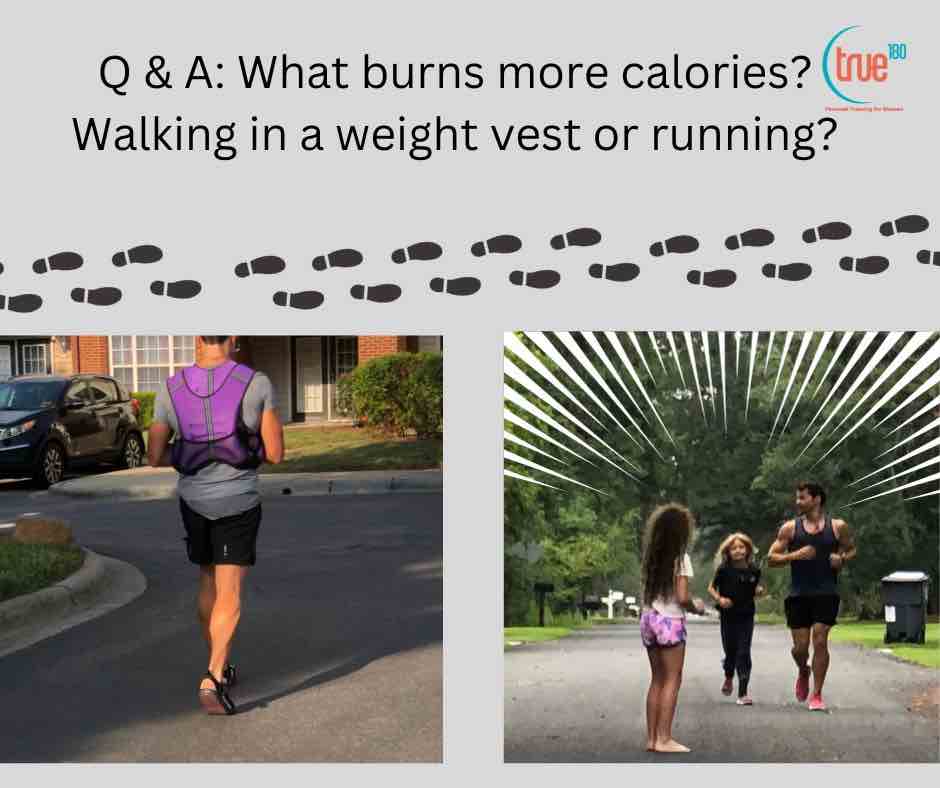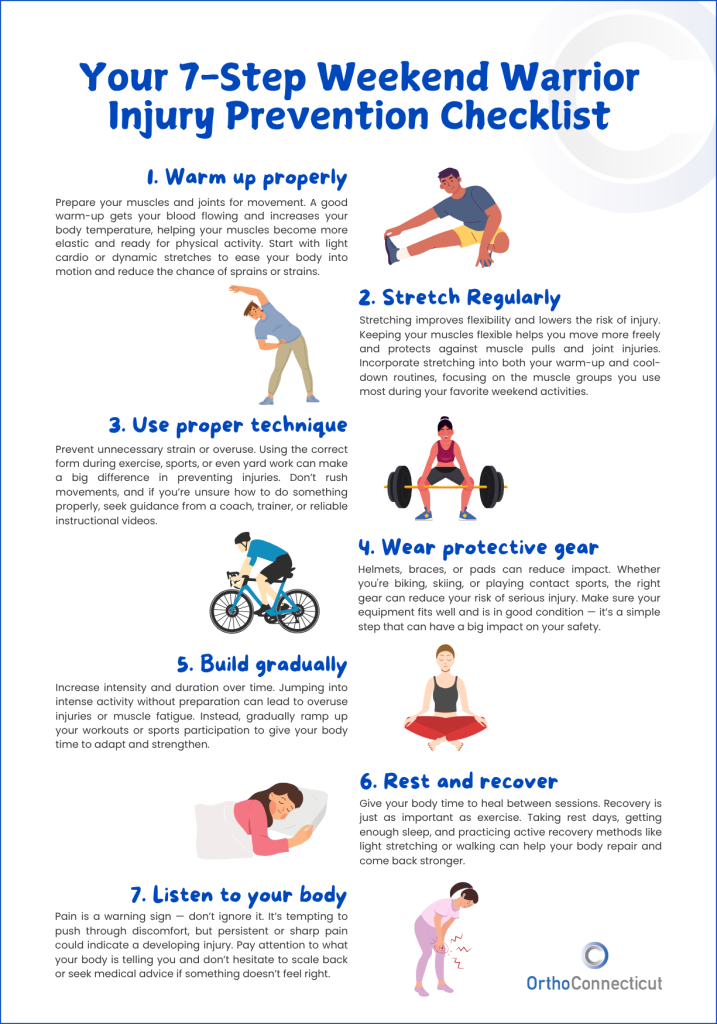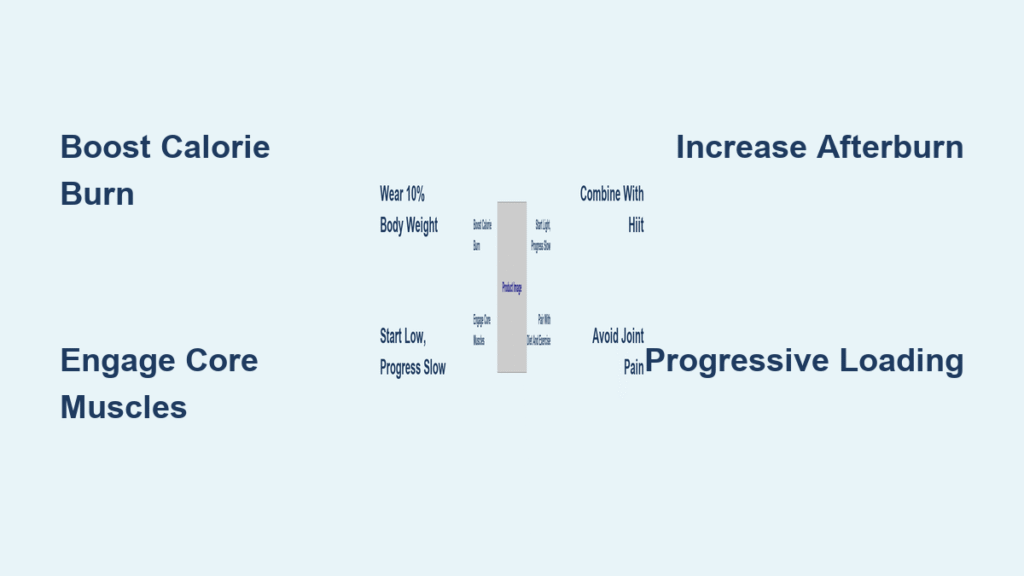That stubborn belly bulge won’t budge no matter how many crunches you do. You’ve seen influencers wearing weighted vests while walking, promising targeted fat loss, but does a weighted vest help lose belly fat like they claim? The truth is more nuanced than marketing suggests: weighted vests can contribute to belly fat reduction, but not through spot reduction. Instead, they boost your overall calorie burn and enhance core engagement when used properly alongside dietary changes—making them a strategic tool rather than a magic solution.
Most people mistakenly believe weighted vests target belly fat directly, but human physiology doesn’t work that way. Fat loss occurs systemically throughout your body, not just where you add resistance. However, research shows weighted vests can accelerate your total fat loss journey—including the visceral fat around your midsection—when integrated correctly into your routine. This guide cuts through the fitness myths to show you exactly how weighted vests impact belly fat, what science really says about their effectiveness, and how to use one safely without risking injury.
How Weighted Vests Actually Burn More Fat

Calorie Burn That Adds Up Over Time
Adding just 10-15% of your body weight to your frame increases energy expenditure by 5-12% during walking and up to 15% during running. For someone weighing 180 pounds, that means burning an extra 45-75 calories during a 30-minute walk. While this seems small, these additional calories compound significantly over weeks and months—potentially creating the deficit needed for measurable fat loss.
Critical threshold: To see meaningful results, you need sessions lasting at least 30 minutes performed three or more times weekly. Casual, sporadic use won’t create the sustained caloric deficit required for fat loss. Think of it as regularly depositing small amounts into a fat-loss savings account—the compound interest eventually pays off.
Core Muscle Activation During Weighted Walking
That extra weight on your torso forces your abdominal muscles to work significantly harder to maintain proper posture. Electromyography studies show your rectus abdominis and transverse abdominis engage 20-50% more intensely compared to unweighted walking. While this won’t magically melt belly fat directly beneath these muscles, it builds stronger core muscles that can improve your abdominal appearance as overall body fat decreases.
Unlike spot-reduction exercises that only fatigue specific muscles without burning fat, weighted walking creates systemic fat loss while simultaneously strengthening the muscles underneath where fat resides. This dual benefit means that as you lose fat, your core muscles will be more defined and supportive.
Extended Afterburn Effect for Continued Fat Burning
Weighted ambulation triggers a more significant afterburn effect (EPOC) than regular walking, extending your calorie burn for 30-120 minutes after your workout ends. This elevated post-exercise oxygen consumption burns approximately 7% more calories than unweighted exercise of equal duration. This metabolic “tailwind” gives you additional fat-burning benefits while you go about your day.
Pro tip: Combine weighted walking with incline training (3-10% grade) to maximize this effect without increasing joint impact. The added resistance from both the vest and the incline creates optimal fat-burning conditions.
What Science Really Says About Belly Fat Reduction

Real Results from Controlled Human Studies
Multiple peer-reviewed studies confirm weighted vests contribute to measurable reductions in waist circumference and visceral fat when used consistently:
- A 12-week trial with 34 adults found participants wearing a 10% body weight vest while walking/jogging 5 days weekly lost 2.1 cm from their waist compared to 1.0 cm in the control group
- In a 6-week study of 24 women, those using a 15% body weight vest reduced visceral fat by 12% versus 6% in the control group
- An 8-week trial showed men using progressive vest loading (5-12% body weight) achieved an 8% reduction in trunk fat mass as measured by DXA scan
These results prove weighted vests can accelerate fat loss in the abdominal region, but crucially, only when combined with controlled caloric intake. The vest itself doesn’t overcome poor dietary choices.
Meta-Analysis: The Big Picture on Effectiveness
A comprehensive 2021 review of seven trials involving 312 participants concluded that weighted vest training yields moderate additional reductions in waist circumference (averaging -1.27 cm) and total fat mass (-0.74 kg) only when calories are controlled. Without dietary management, the benefits disappear.
Key limitation: Most studies run only 6-12 weeks, so long-term data beyond six months is scarce. Additionally, results vary by gender and age—post-menopausal women show smaller reductions (-4%) compared to pre-menopausal women (-11%) under identical protocols.
How to Use a Weighted Vest for Maximum Fat-Burning Results
Progressive Loading: The Smart Way to Increase Weight
Jumping straight into heavy loading risks injury and poor form. Instead, follow this evidence-based progression:
- Weeks 1-2: Start with just 5% of your body weight for 15-20 minutes, twice weekly
- Weeks 3-6: Increase to 10% body weight for 30-45 minutes, 3-4 days weekly
- Weeks 7+: Progress to 12-15% body weight for 45-60 minutes, 4-5 days weekly
Never exceed 20% body weight—beyond this threshold, joint stress increases dramatically while additional calorie burn diminishes. The sweet spot for fat loss with minimal injury risk is 10-15% of your body weight.
Best Exercises for Belly Fat Reduction with a Vest
Not all weighted activities deliver equal fat-burning results. Prioritize these exercises:
- Brisk incline walking (3.5-4.5 mph on 6-10% grade) – maximizes fat oxidation while minimizing joint impact
- Weighted hiking – combines cardio with nature therapy for better adherence
- Bodyweight circuits – squats, lunges, and push-ups with vest for enhanced EPOC effect
Avoid high-impact running with loads exceeding 12% of your body weight unless you have excellent joint health. The increased injury risk outweighs any additional calorie burn.
Critical Safety Considerations for Belly Fat Loss

Must-Follow Injury Prevention Checklist
Weighted vests can strain your body if used improperly. Before starting, consider these critical safety points:
- Medical screening: Consult your physician first if you have BMI >35, existing back/knee issues, or are pregnant
- Posture monitoring: Loads above 15% body weight increase forward trunk lean by 6-8°, potentially straining your lower back
- Gradual adaptation: Increase duration before increasing weight to allow your tissues to adapt
Warning: If you experience sharp pain in your lower back, knees, or hips, stop immediately. Discomfort is normal during adaptation, but pain signals potential injury.
Choosing the Right Vest for Fat Loss Goals
Not all weighted vests deliver equal results for belly fat reduction. Look for these features:
- Breathable materials: 500D nylon with moisture-wicking liner prevents overheating
- Proper weight distribution: Front/back balance with cinch straps keeps load close to your center of mass
- Modular weight system: 0.5-1 kg increments allow precise progression without buying multiple vests
Pro tip: Iron plate vests last significantly longer (8-10 years) than neoprene fixed-weight styles, which often tear within 18 months of regular use.
Weighted Vests vs. Other Fat Loss Methods: The Reality
Weighted Vest vs. HIIT for Belly Fat
While HIIT burns more calories per minute (25-30% more), it comes with trade-offs:
- HIIT achieves greater visceral fat reduction (-15% in 8 weeks) compared to vest walking (-8%)
- But HIIT has double the dropout rate (25% vs. 10%) due to intensity demands
- Vest walking creates significantly less joint impact, making it more sustainable long-term
If you dislike intense workouts or have joint concerns, weighted walking offers a viable alternative with measurable results.
Weighted Vest vs. Diet Alone for Belly Fat
Diet alone creates 0.5-1 kg fat loss weekly; adding a weighted vest contributes an additional 0.1-0.2 kg weekly under controlled conditions. More importantly, diet-only approaches often cause muscle loss (-1.1 kg), while vest walking preserves lean mass (-0.2 kg), helping maintain your metabolic rate during fat loss.
Key insight: The vest works best as a multiplier to your existing fat loss efforts, not as a standalone solution. Without dietary control, its benefits disappear.
Bottom Line: When a Weighted Vest Helps Lose Belly Fat
A weighted vest can modestly accelerate belly fat loss when used correctly alongside proper nutrition and consistent walking. It’s particularly effective if:
- You already maintain a caloric deficit through diet
- You prefer walking over high-intensity alternatives
- You want low-joint-impact exercise options
- You can commit to ≥3 sessions weekly, 30+ minutes each
Skip it if you expect spot reduction of belly fat, won’t control caloric intake, have existing lower back/knee issues, or dislike longer-duration cardio activities.
Think of a weighted vest as a strategic tool that enhances your fat loss efforts rather than a magic solution. When used properly within a comprehensive approach that prioritizes nutrition, it can help you reach your belly fat reduction goals faster while building a stronger core—making the journey more effective and sustainable.




